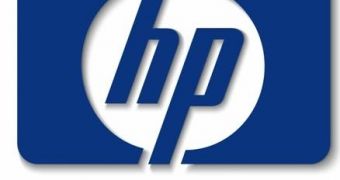Eco-lover Hewlett-Packard has introduced a new technological process that will help the company produce new cartridges out of raw materials obtained from recycling the used ones. I have previously told you about the C2C (cradle to cradle) products lifecycle and it seems that using it does not bring popularity amongst ecology enthusiasts, but also lower costs for manufacturing new generations of products.
HP's new process breaks down the plastic used in the old printer cartridges, then mixes it with fibers and resins in order to regenerate it. The final step is molding the new inkjet cartridges. According to HP, the plastics are not melted, refilled, resold or sent to a landfill. HP has been using this process since 2005, when it was in an "alpha" stage, and resulted in more than 200 million printer cartridges having been manufactured ever since. Now, the company considers that it's time the process entered full manufacturing.
This seems a profitable business for HP, since each inkjet cartridge built with the new technology is made of 70% to 100% recycled material. The company has established a recycling program that allows cartridge buyers return their empty units for free to the collecting points worldwide. Moreover, many HP users get a postage-paid return envelope upon purchase of a new cartridge. When depleted, the cartridge can be inserted into the envelope and dropped at the nearest post-office.
However, the recycling process applies to HP-branded cartridges only and other inkjet brands are excluded from the "melting pot", according to Scott Canonico, manager of environmental policy and strategy for HP supplies. In the project's early stages, the recovered plastics were not used for manufacturing new printer cartridges, but for third-party manufacturing of auto parts and toys.
The recycling program is only a part of HP's commitment towards the environment. Apart from recycling the inkjet cartridges, the company also plans to implement more energy-efficient technologies across its PC lines to cut computer energy use by 25% within two years.

 14 DAY TRIAL //
14 DAY TRIAL //